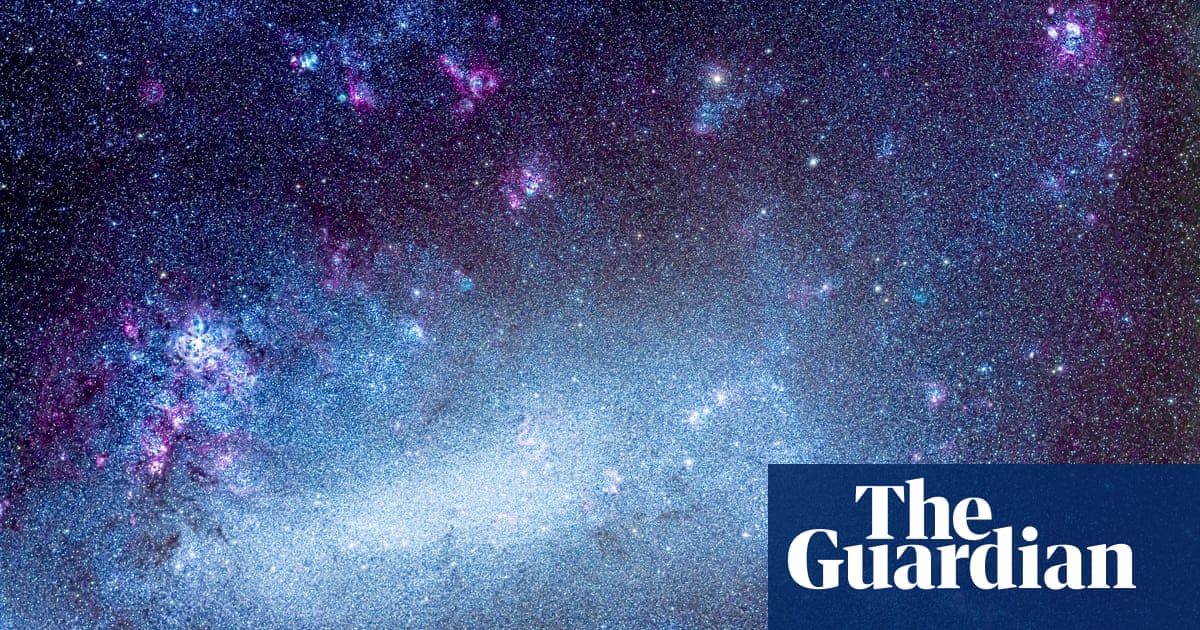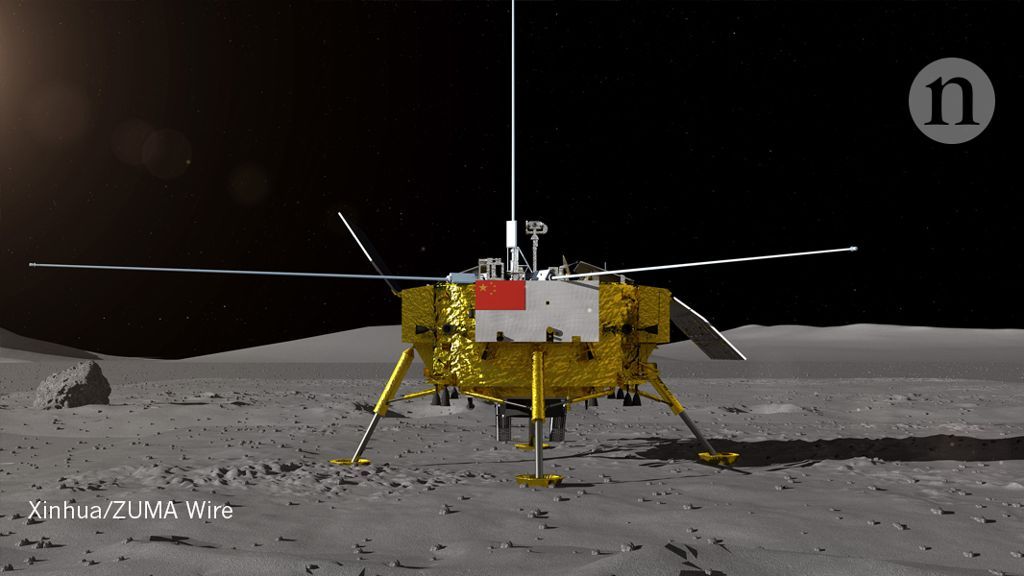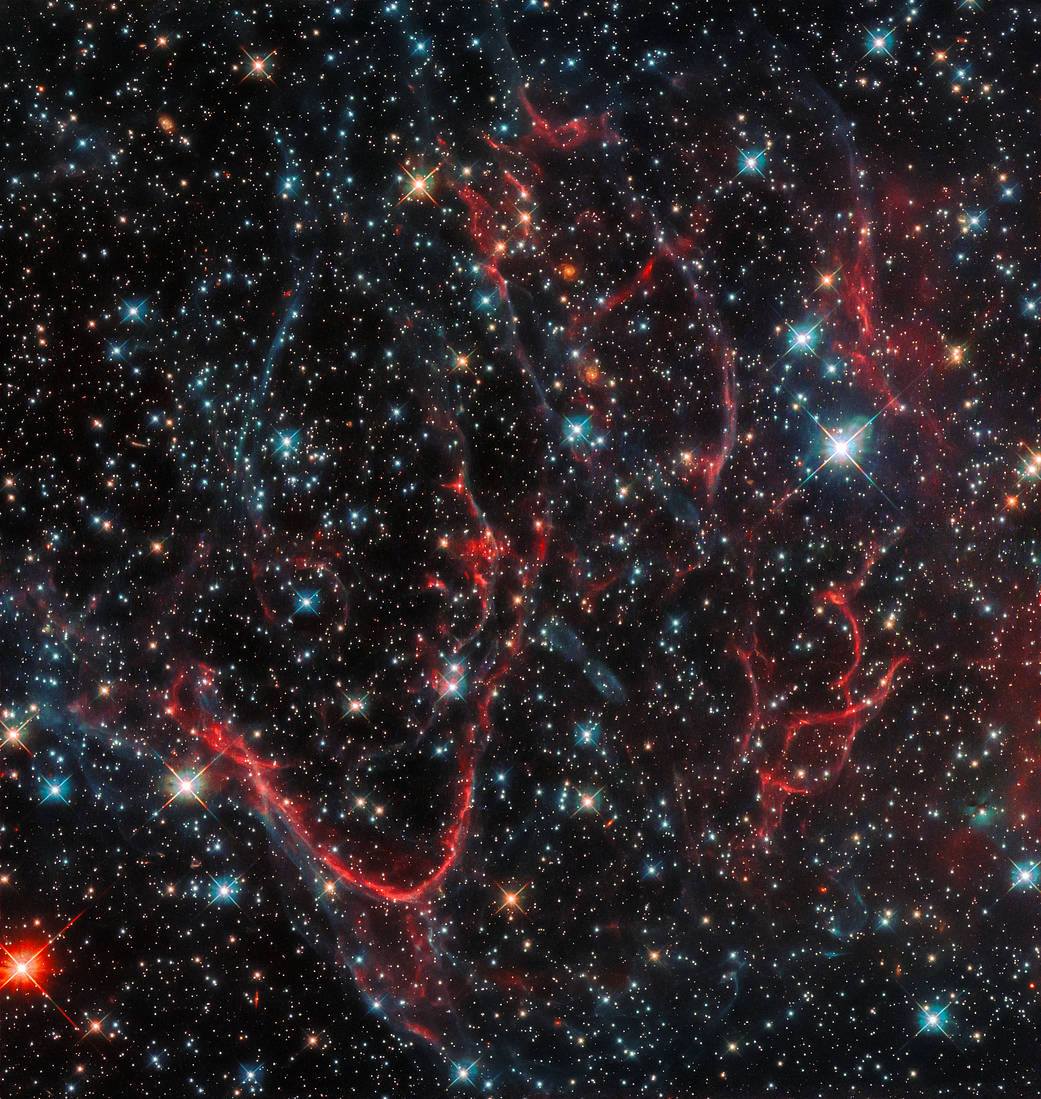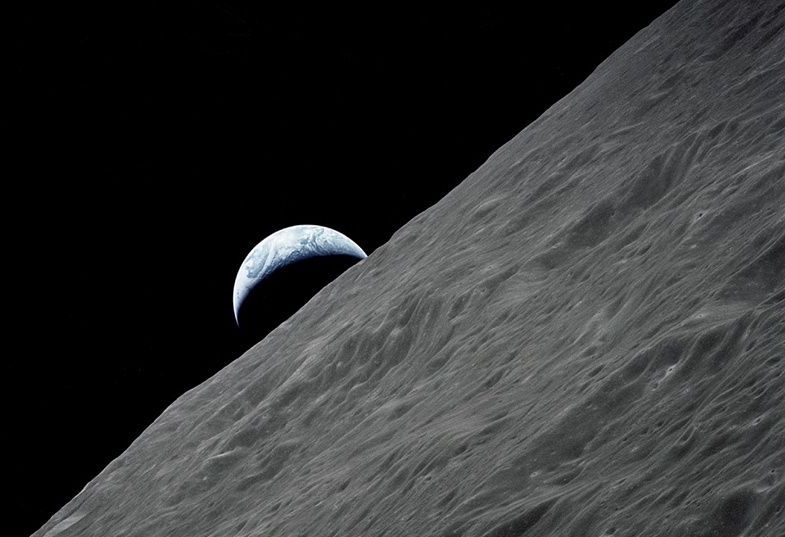During my first full day here, I broke my first record by generating more electrical power than any previous robot on the surface of Mars. I’m in a sandy area with few rocks, soaking up the Sun. 🌞 More about where I landed: http://go.nasa.gov/2RvGiMl&h=AT18X8EjCOTXbtitHthnNUzrg5IiHWx…p1W1lBoVnw
Page 9654
Nov 30, 2018
Astronomers measure total starlight emitted over 13.7bn years
Posted by Genevieve Klien in category: cosmology
The first stars flickered into being a few hundred million years after the big bang. Since then, galaxies have churned out stars at a stupendous rate, and scientists estimate there were now about a trillion trillion.
In total, the astronomers estimate, stars have radiated 4×1084 photons (a photon being the smallest unit of light). Or put another way: 4,000,000,000,000,000,000,000,000,000,000,000,000,000,000,000,000,000,000,000,000,000,000,000,000,000,000,000,000 photons.
The astronomers based their calculation on measurements of the extragalactic background light (EBL), a cosmic fog of radiation that has been accumulating since stars first illuminated the dark, vast expanse of space.
Continue reading “Astronomers measure total starlight emitted over 13.7bn years” »
Nov 30, 2018
China set to launch first-ever spacecraft to the far side of the Moon
Posted by Genevieve Klien in category: space
Chang’e-4 mission will test plant growth on the Moon, and listen for radio emissions normally blocked by Earth’s atmosphere. Instruments on board the lander will carry out the first radio astronomy observations from the Moon’s far surface.
Nov 30, 2018
This robot cafe in Tokyo is remotely controlled by disabled staff, and it’s incredible
Posted by Genevieve Klien in categories: food, habitats, robotics/AI
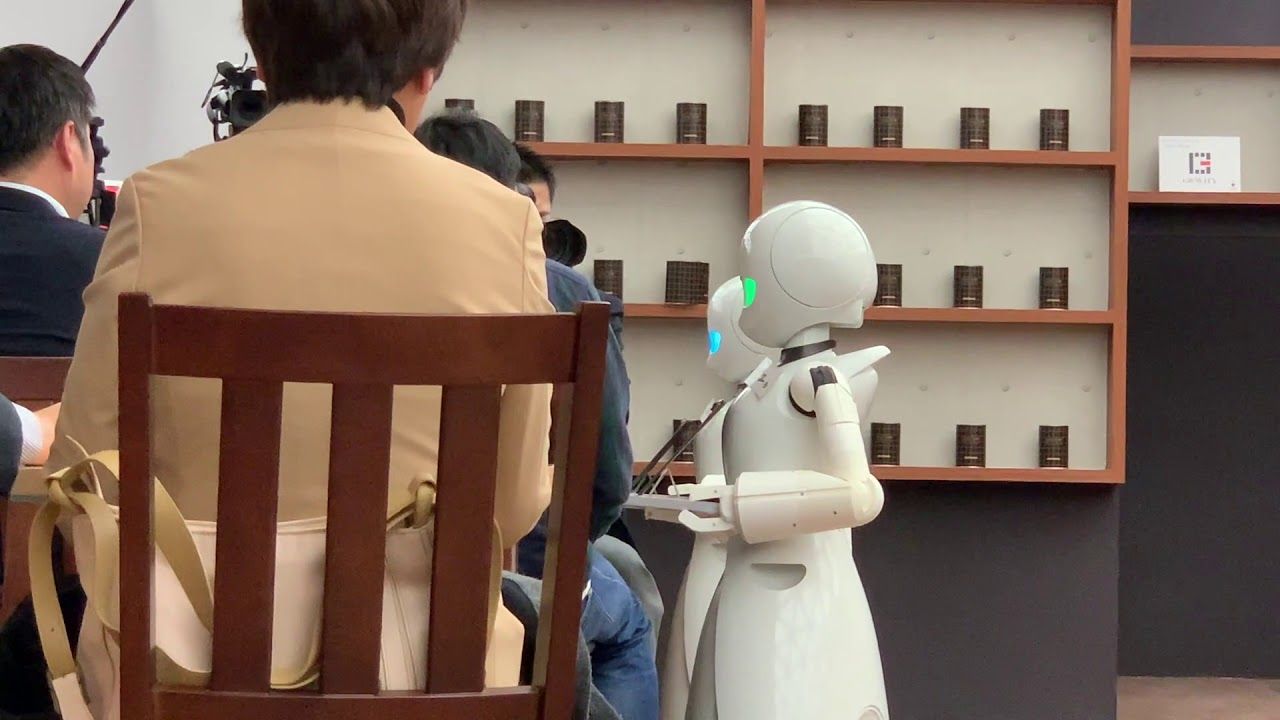
https://youtube.com/watch?v=cajsSXMjf_k
Being waited on by robot is something that we all imagine might be possible in the distant future, but one cafe in Tokyo is already offering just that… with a twist. As Fast Company reports, a visit to the “Dawn ver.β” will put you face-to-face with robot waiters that take orders from customers and deliver food to their tables.
It’s all very futuristic, but the twist here is that the robots aren’t powered by AI or some advanced automation system. Instead, they’re controlled remotely by human staff with severe disabilities working right from their own homes. The cafe, which is the result of a partnership between the Nippon Foundation, Ory Lab Inc, and ANA Holdings, is already a big hit, and its creators have big plans for the future.
Nov 30, 2018
Artificial intelligence faithfully recreates paintings with a 3D printer
Posted by Genevieve Klien in categories: 3D printing, media & arts, robotics/AI

Replicas of famous paintings are routinely created with printers that use only four inks – cyan, magenta, yellow, and black. RePaint, a new technique developed at MIT, combines artificial intelligence, 3D printing, and a rich 10-ink palette for much more faithful results in any lighting condition.
Nov 30, 2018
Researchers Turn Lobster Shells Into Biodegradable Plastic
Posted by Genevieve Klien in categories: cyborgs, materials
Plastic is a resilient and versatile material, but it’s not that great for the environment — not plastic that’s made from petroleum, anyway. But scientists are cooking up a better alternative.
Chitin, like plastic, is resilient and versatile. Chitin is found in everything from lobster and shrimp shells, insect exoskeletons, and squid beaks. Thanks to a team of Canadian researchers it may soon be found in plastic, too.
Scientists at McGill University in Montreal have developed a process that allows them to process chitinous things into eco-friendly plastic. Associate Professor of Applied Chemistry Audrey Moores told the CBC “it remains biodegradeable, so if it goes in the environment it’s not going to pollute.”
Continue reading “Researchers Turn Lobster Shells Into Biodegradable Plastic” »
Nov 30, 2018
In a galaxy far away, an old star exploded and became a supernova
Posted by Michael Lance in category: cosmology

About 170 million years later, the light emanating from the explosion was received by an arsenal of high-powered telescopes here at Earth. While the telescopes observed, a few of those stars ended their long lives in dramatic explosions. See what we learned: https://go.nasa.gov/2rcIaOr&h=AT2ywbQrtay_XNW6uqmtoFtsirkvbj…cfHXkJ10lQ
Nov 30, 2018
Ira Pastor — IdeaXme — Longevity Ambasador
Posted by Ira S. Pastor in categories: aging, bioengineering, biotech/medical, cryonics, DNA, futurism, genetics, health, science, transhumanism
Very excited to join IdeaXme (http://radioideaxme.com/) as Longevity Ambassador, utilizing this wonderful media platform to help expand global awareness of the people engineering a future free of aging, disease, degeneration, and suffering.
This dark, tangled web spotted by NASA’s Hubble Space Telescope is a supernova remnant, created after a massive star ended its life in an explosion and threw its constituent material out into surrounding space. Discover more: https://go.nasa.gov/2G0nVgS&h=AT0m92-1V7h2Z6pdebGy-JSLFW…CsgI5QIBpg
Nov 30, 2018
Russia Announces Plans to Establish Moon Colony by 2040
Posted by Steve Nichols in category: space travel
The first stage foresees the launch of a module to orbit the moon, the RBC news website reported, citing Nikolai Sevastyanov, the head of Russia’s TsNIIMash federal rocket and spaceсraft development corporation.
The second phase will reportedly involve sending the country’s first manned mission to the moon and starting construction of a long-term base between 2025 and 2034. The program’s third stage envisions the completion of the base’s construction by 2040 and the establishment of an “integrated manned moon exploration system.”
Construction of the moon colony is set to begin late in 2025, the state-run RIA Novosti news agency cited Yevgeny Mikrin, Russia’s chief designer of manned space programs, as saying during a presentation of the draft lunar program on Wednesday.
Continue reading “Russia Announces Plans to Establish Moon Colony by 2040” »

